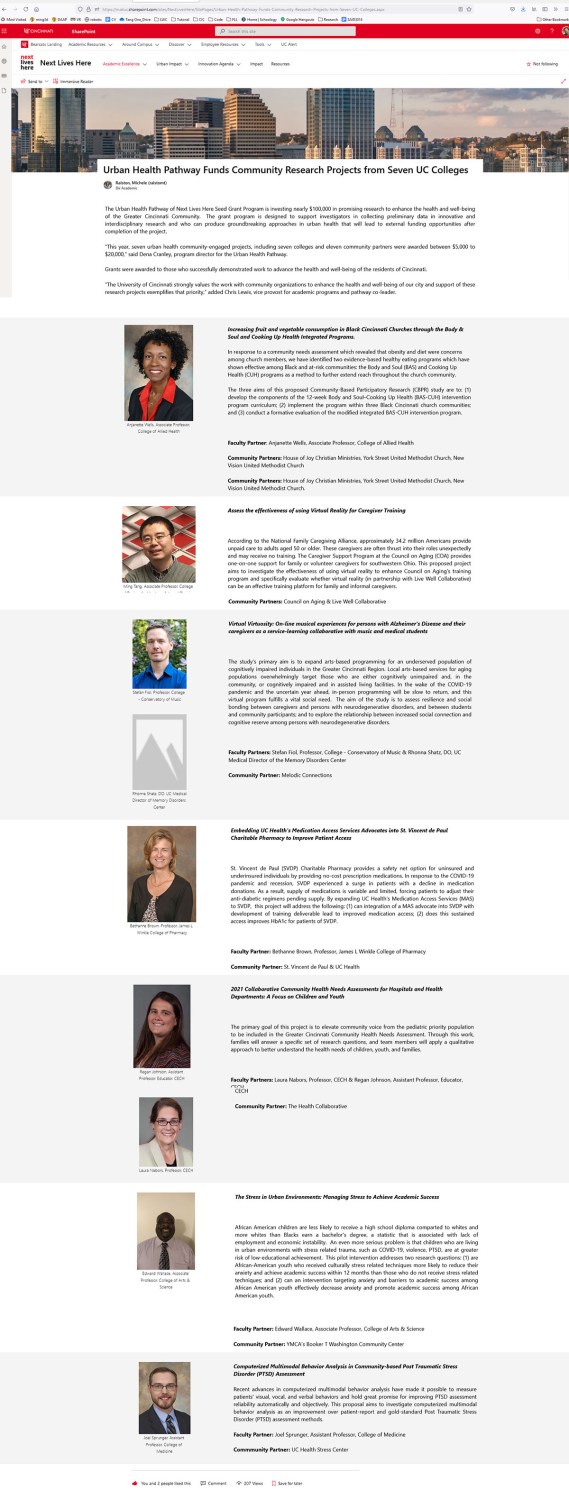Ming Tang (2021). “Visual Perception: Eye-tracking and Real-time Walkthroughs in Architectural Design.” International Journal of Architecture, Engineering and Construction, 10(1), 1-9.
Visual Perception: Eye-tracking and Real-time Walkthroughs in Architectural Design
This paper discusses the application of Eye Tracking (ET) technologies as a new way for researchers to understand a person’s perception of a build environment regarding wayfinding and other spatial features. This method was beneficial for informing reviewers how an existing place or a proposed design was performing in terms of user experience. Combining ET with real-time walkthrough (RTW) and analytical platform allowed designers to make real-time changes and instantly see how these choices affected a user’s visual attention and interaction. This paper also presents a study investigating the architectural features emphasizing the simulated human behavioral cues and movement information as input parameters. The research is defined as a hybrid method that seeks augmented architectural experience, wayfinding and analyzes its’ performance using ET and RTW. While presenting their concepts through RTW, students used the Tobii Pro eye tracker and analytical software to investigate the attractiveness of the proposed experience related to the five spatial features: face, edge, intensity, blue-yellow contrast, and red-green contrast. The studio projects extended psychological architecture study by exploring, collecting, analyzing, and visualizing behavioral data and using the ET analysis to optimize the design presented through walking and driving simulations. ET allowed students in the transit hub design studio to investigate various design iterations about human perception to enhance spatial organization and navigation.

Authors: Ming Tang (University of Cincinnati).
Issue: Vol 10, No 1 (2021)
Pages: 1-9
Section: Research Paper
DOI: http://dx.doi.org/10.7492/IJAEC.2021.001
This research project was conducted in fall, 2018 at the Urban Mobility Studio, supported by the UC Forward program at the University of Cincinnati. The studio re-flection and proposals are provided by the graduate students: Alan Bossman, Shreya Jasrapuria, Grant Koniski, Jianna Lee, Josiah Ebert, Taylour Upton, Kevin Xu, Yin-ing Fang, Ganesh Raman, Nicole Szparagowski, and Niloufar Kioumarsi. The thesis research was conducted by Lorrin Kline.


























